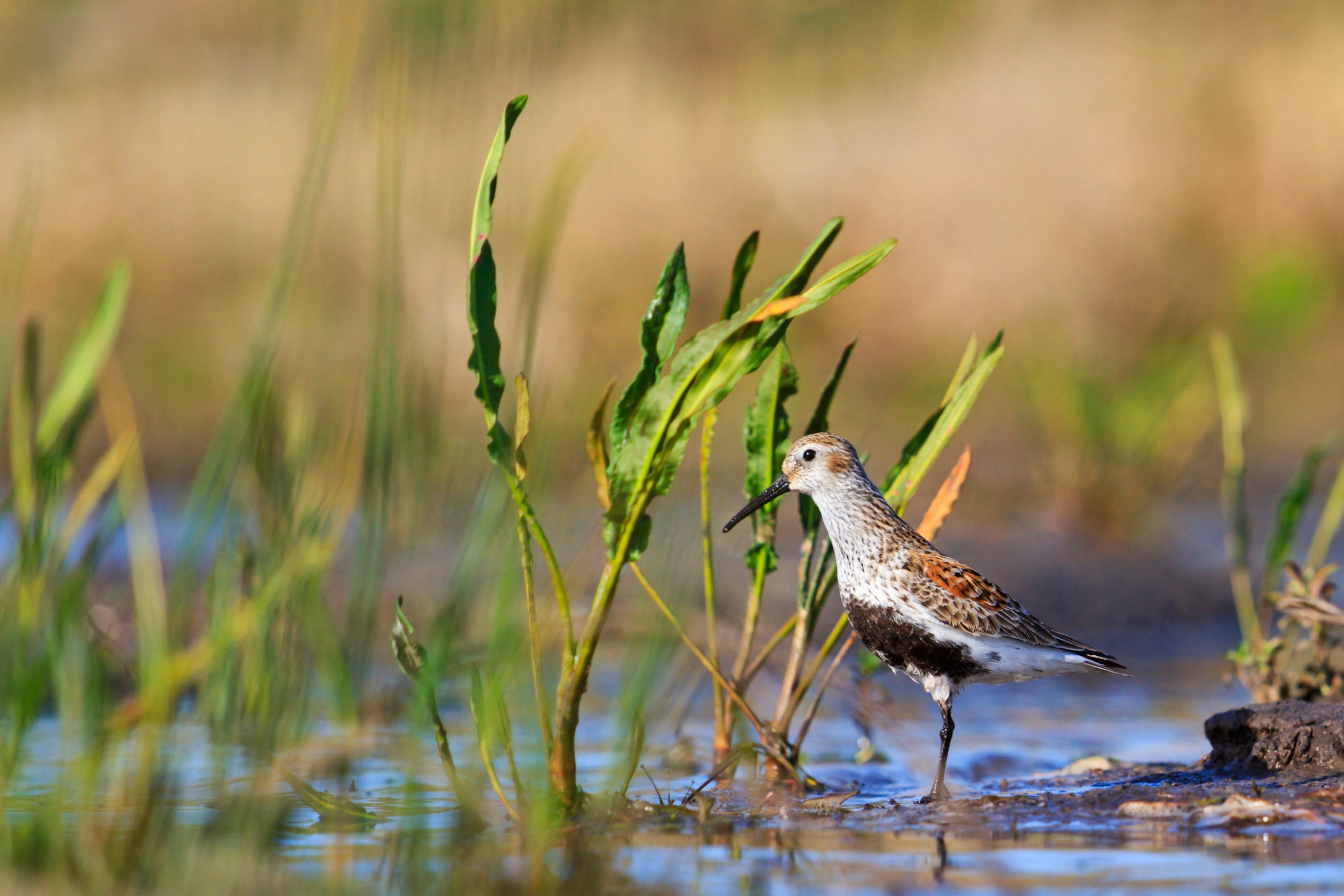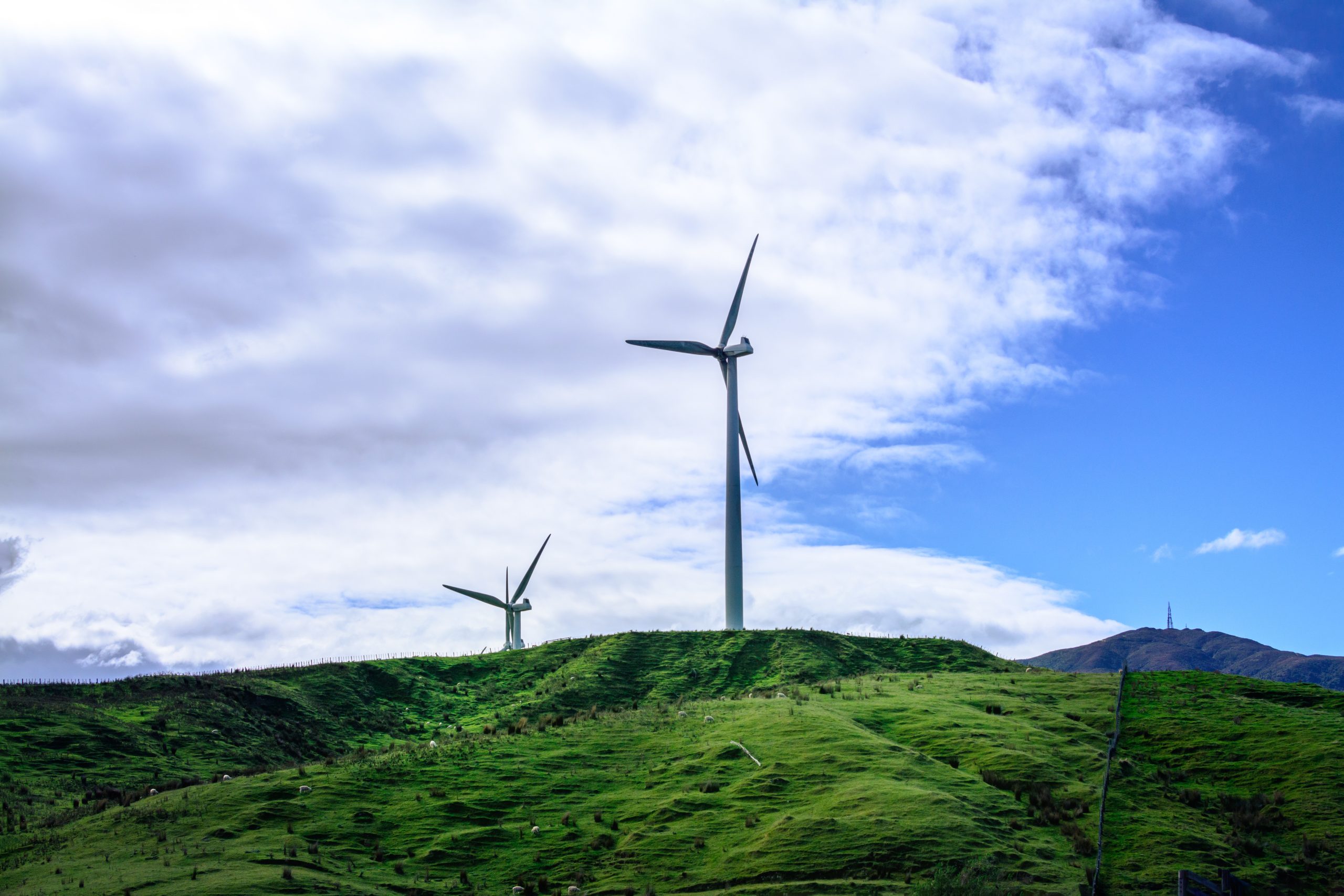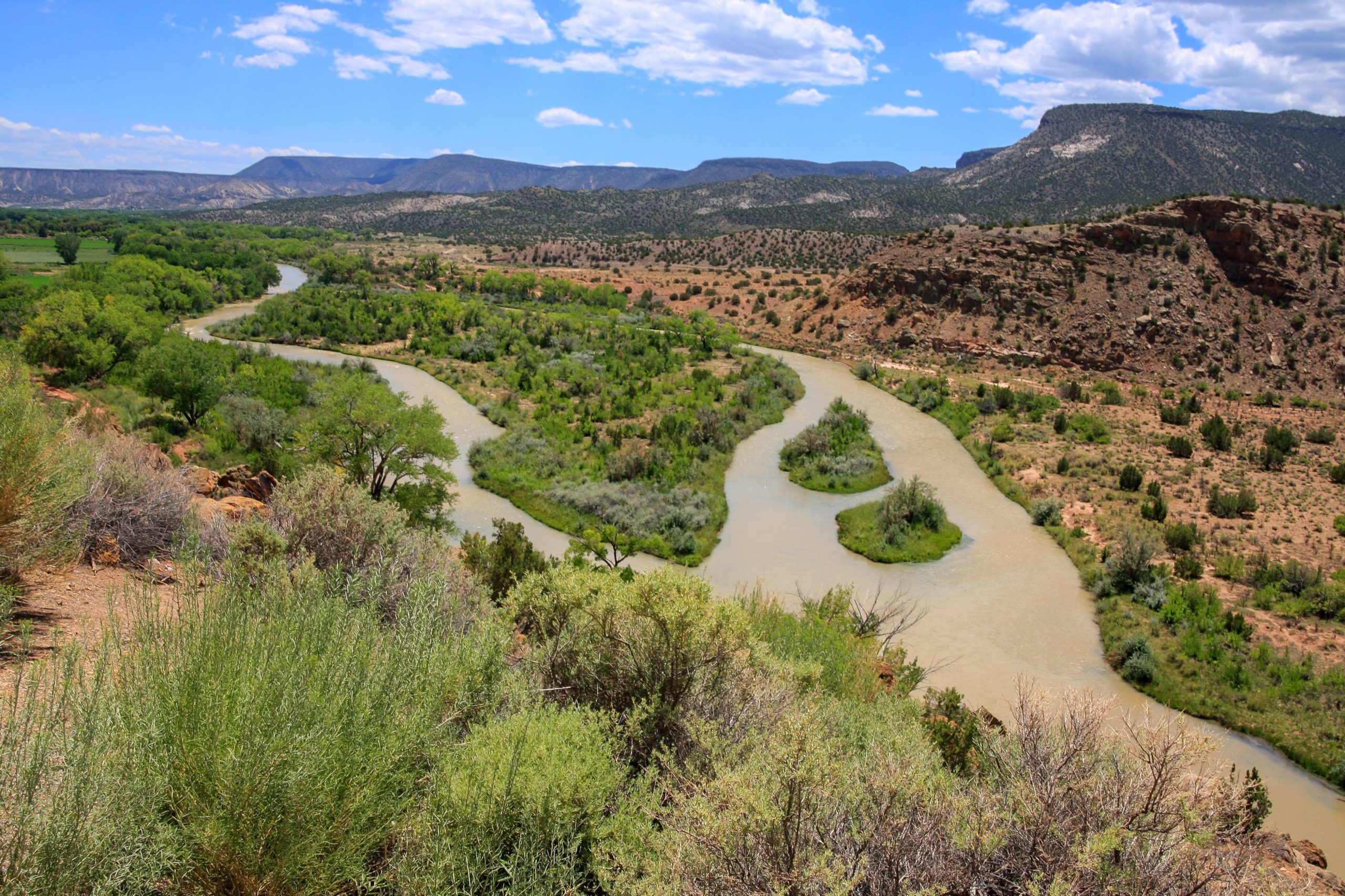BY THE OPTIMIST DAILY EDITORIAL TEAM
Every year, tens of millions of birds fly thousands of miles along the Pacific Flyway, a critical migration path that runs from the Arctic to South America. The western sandpiper, for example, migrates from Alaska to as far as Peru, stopping to rest and feed along the way. However, with the loss of 95 percent of California’s Central Valley wetlands due to farming and construction, these birds have fewer places to land. A network of conservation organizations, the Migratory Bird Conservation Partnership, has long been looking for answers to habitat degradation, and in 2014, they discovered one through an unlikely partnership: rice farmers.
BirdReturns, first supported by The Nature Conservancy, pays rice farmers to flood their fields, resulting in temporary “pop-up” wetlands. These constructed habitats provide a spot for migratory birds to stop and replenish on their lengthy voyages. “It’s this weird, rare circumstance where you have a large industrial-scale intensive agricultural system that can simultaneously support wildlife,” says Daniel Karp, a conservation researcher at UC Davis.
A critical refuge for migrant birds
The Central Valley of California is critical for the survival of migratory birds, particularly shorebirds such as the western sandpiper, whose populations have declined by more than 33 percent since 1970. Historically, the wetlands of this region served as a refuge for birds during migration, but the majority of those wetlands have vanished, leaving the birds vulnerable. Millions of birds continue to pass through during peak migration in September, but many struggle to find safe locations to land due to a lack of adequate habitat.
BirdReturns provides a unique, market-based solution to this expanding problem. The program compensates rice farmers for flooding their fields earlier in the fall and leaving them submerged longer in the spring. This timing is critical because it corresponds to the birds’ migration patterns, providing them with the wetland conditions they require at the optimal time.
How pop-up wetlands are helping
The BirdReturns program’s genius rests in its adaptability and accuracy. Conservationists use data from eBird, a citizen science platform that counts bird sightings, to predict where birds would need habitat. They integrate this information with satellite imagery that shows where water is accessible, allowing the software to target specific regions and periods to create wetlands. “It’s like renting bird habitat,” says Julia Barfield, program manager at The Nature Conservancy.
Farmers participate in a reverse auction, in which they bid on contracts to flood their fields, with the lowest bidder winning. This creates temporary wetlands that function similarly to natural ecosystems but without the need for permanent land purchases or long-term operations. This method is highly adaptable—BirdReturns can ramp up during droughts or cut back when wetter conditions increase the abundance of natural wetlands.
Benefits to farmers and wildlife
So far, the program has produced positive results. Since its inception, BirdReturns has constructed over 120,000 acres of temporary wetlands. While far from the region’s original 4 million acres of wetlands, studies show that these pop-up wetlands attract two to 3.5 times more shorebirds than rice fields that aren’t part of the program. Furthermore, research suggests that the birds may benefit farmers by breaking down remaining rice stalks, however, additional evidence is required to confirm this.
For rice farmers, the program offers a new income stream. While flooding fields for extended periods can shorten the growing season, BirdReturns compensates for this loss. Farmers and conservationists work together to create community bonds, demonstrating that sustainable farming techniques and wildlife conservation can coexist.
Challenges and the way ahead
Despite its success, BirdReturns faces a few major hurdles. As climate change worsens, California experiences longer and more severe droughts, making water an increasingly limited resource. Paying farmers to flood their fields becomes more expensive during drought years, and some farmers may not have enough water to participate in the scheme at all. “It’s costly to pay farmers to keep their lands flooded if they have any water to spare at all,” points out Karp. Additionally, the time of migration does not necessarily coincide with the agricultural calendar, making it difficult for some farmers to participate.
However, BirdReturns is already developing solutions to these issues. By collaborating with tomato farmers whose growing season ends earlier in the year, the program can establish wetlands for long-distance migratory birds arriving as early as July. The program is also constantly developing, with new data and farmer comments helping to fine-tune its approach.
“The findings of your results are applied right away to on-the-ground actions,” says Greg Golet, senior scientist for The Nature Conservancy. This adaptable, data-driven approach is one of the program’s most valuable assets, allowing it to adjust to changing conditions and maximize its benefit for both birds and farmers.
A model for future conservation efforts
The BirdReturns program is a unique example of a conservation strategy that benefits both wildlife and people. As climate change and habitat degradation continue to endanger migratory bird populations, projects like this one provide innovative, market-based solutions for protecting fragile species. According to Natalia Ocampo-Peñuela, a conservation ecologist at UC Santa Cruz, market-based initiatives are a necessary component of future conservation efforts.
BirdReturns is a model for future conservation efforts, illustrating how to balance agricultural productivity with wildlife requirements. This program, which brings together farmers, environmentalists, and scientists, gives promise to the survival of migratory birds—as well as the larger challenge of protecting biodiversity in human-dominated environments.












